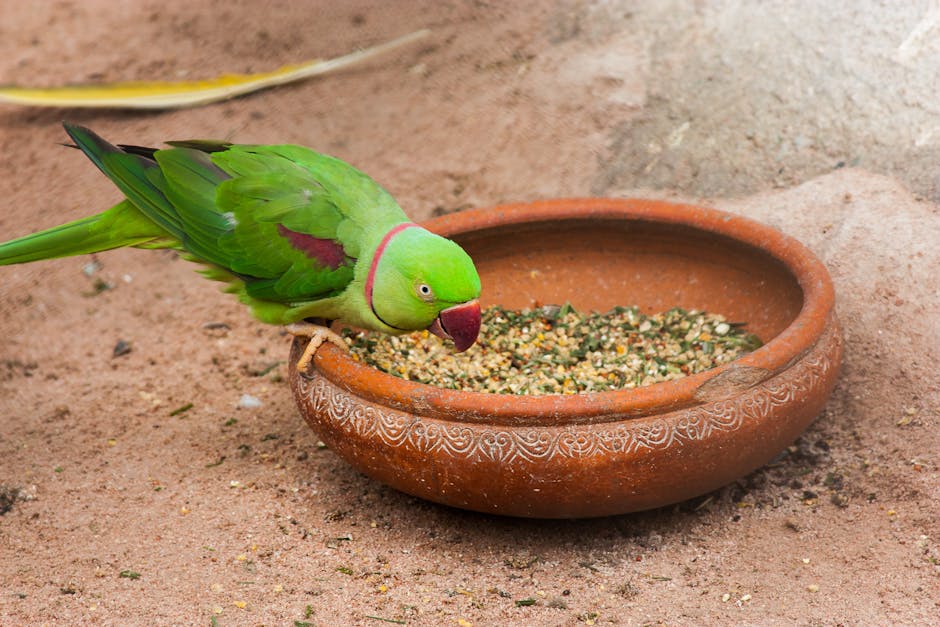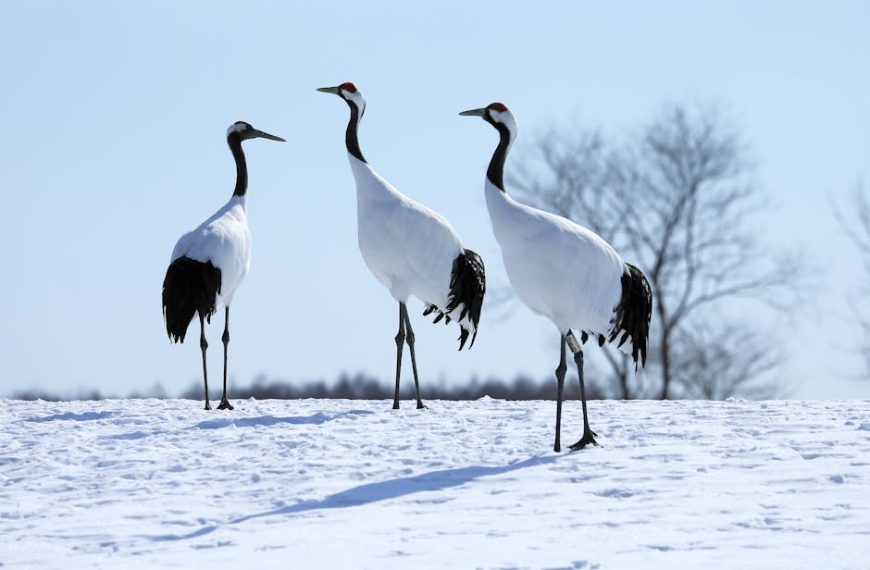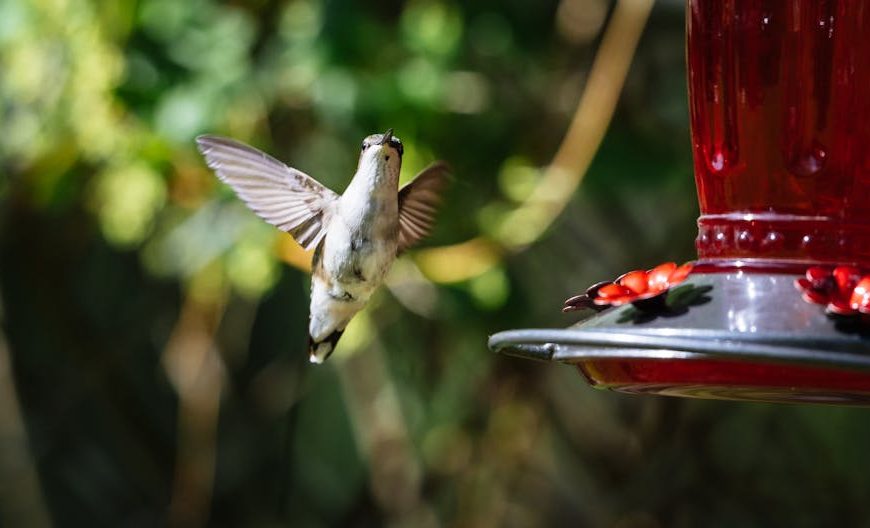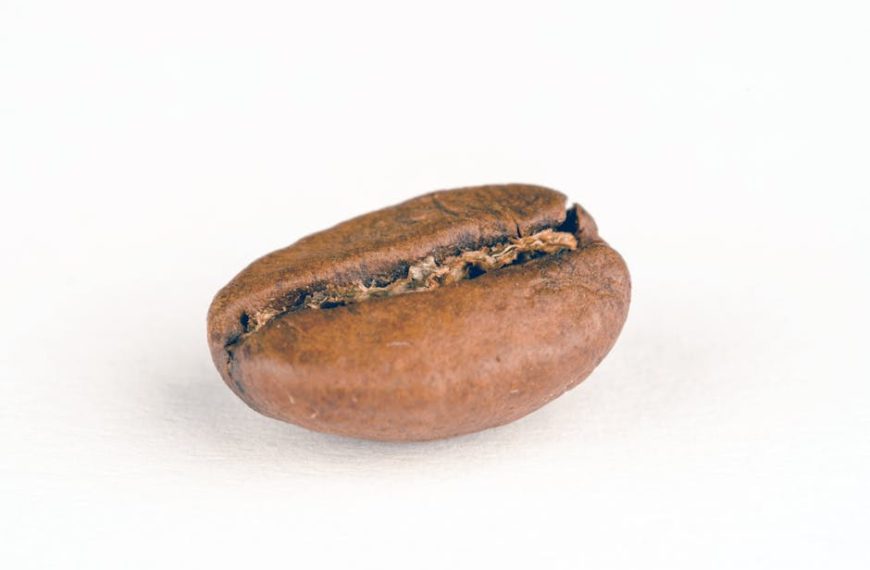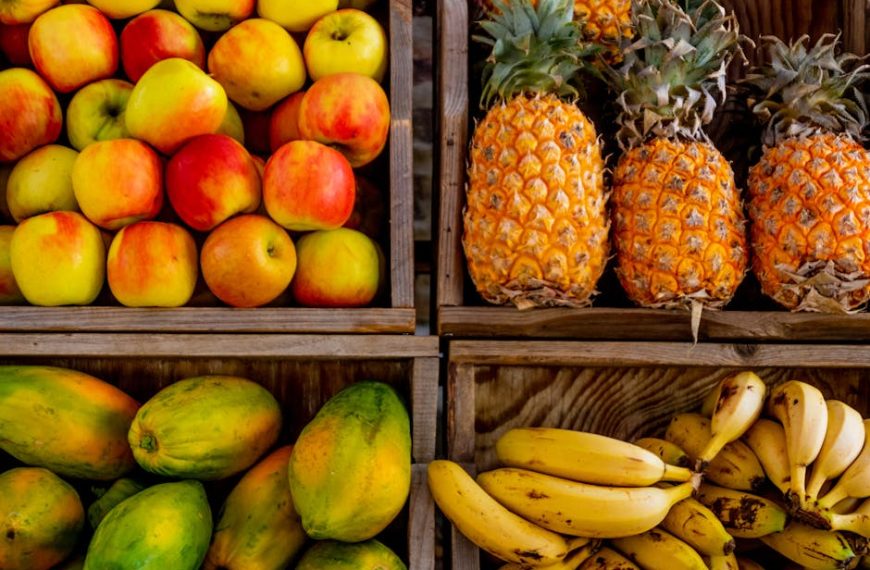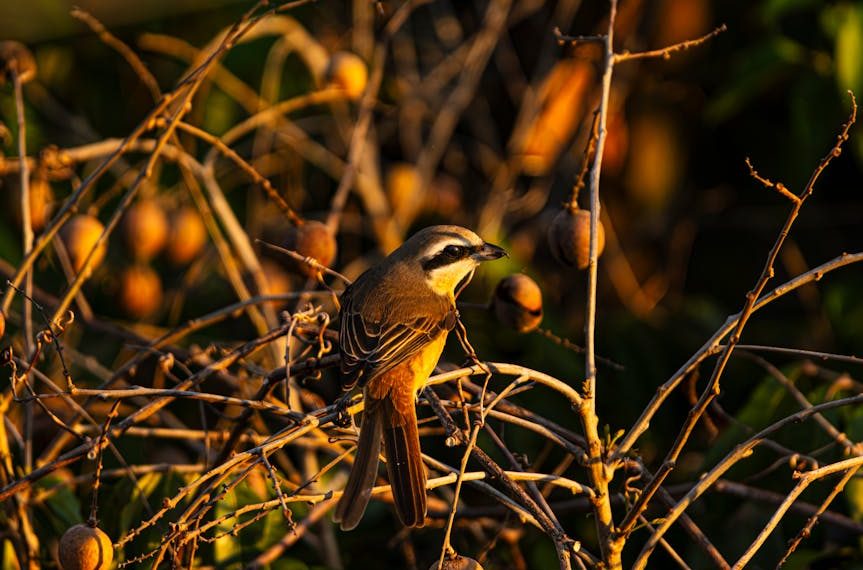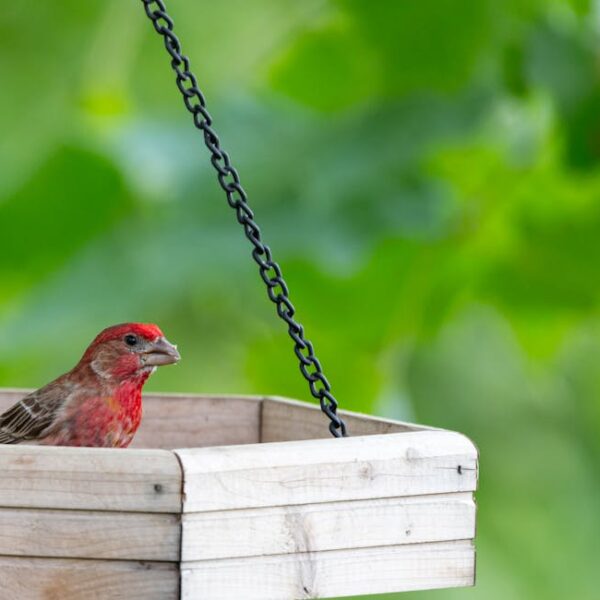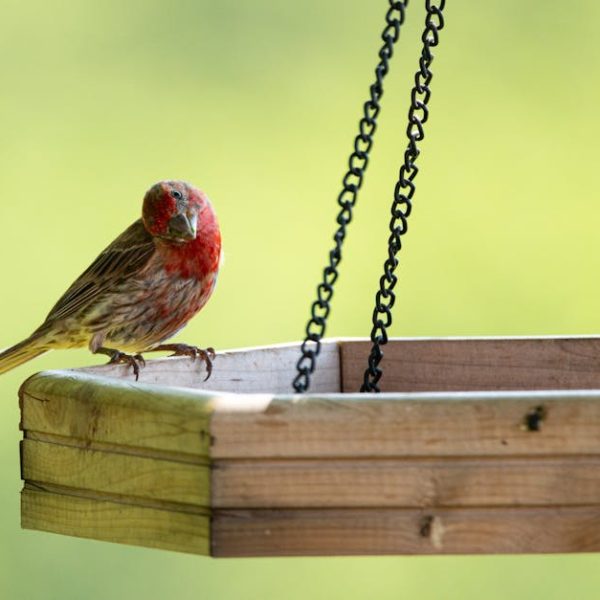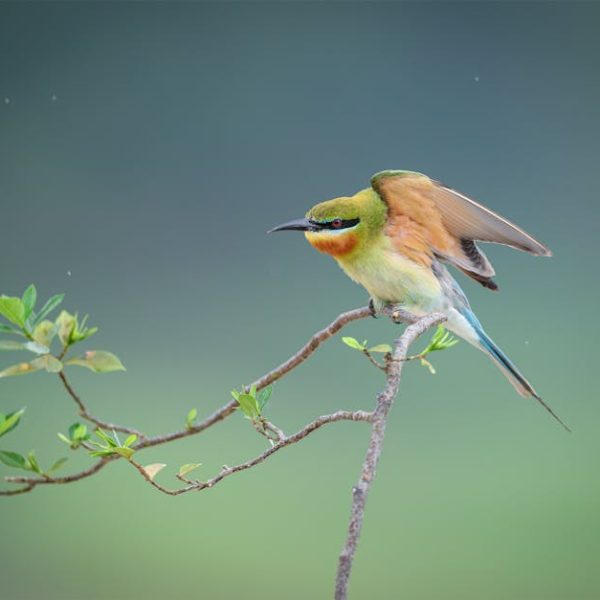Who else enjoys a tasty, salty batch of peanuts as a quick snack? It appears more of our feathered friends share this nutty delight with us than we might have thought. Among bird species, a considerable number enjoy peanuts—shelled especially—as they offer an excellent source of protein and fats necessary for their survival. This article intends to examine which bird species relish shelled peanuts and how they fit into their dietary preferences.
Attraction of Birds to Shelled Peanuts
Peanuts can be an irresistible treat for birds; they are high in calories and easy to eat— characteristics that make them valuable, especially during the breeding season or cold seasons when birds require additional energy. High-energy food like shelled peanuts ensures they can keep warm, nourish themselves and support their offspring.
Bird species attracted to shelled peanuts include:
- Woodpeckers
- Blue jays
- Crows
- Titmice
- Cardinals
- Nuthatches
To create a bird-friendly environment that attracts these species, you might want to:
- Offer shelled peanuts in a mesh bag or specialized peanut feeder
- Incorporate other food items in your feeders to provide a well-rounded diet
- Remember to place your peanut feeders near cover (like shrubs or trees) to provide birds a safe place to escape from predators
Peanut Lovers: Select Bird Species
Of the several bird species attracted to peanuts, some are more enamored than others. For instance, Blue Jays are known for their conspicuous appreciation for peanuts. They often stash away the shelled nuts in hidden caches for later consumption. Woodpeckers too show a marked preference for the crunchy fare that shelled peanuts offer.
Comparing diets, we find that while Blue Jays are omnivorous, eating a mixed diet consisting of nuts, seeds, fruits, small invertebrates, and occasionally, bird eggs, Woodpeckers primarily feed on insects but readily supplement their diet with peanuts, especially during the colder months when insects are hard to come by.
Tip: You can differentiate peanut-loving bird species by observing their feeding habits and the way they handle the peanuts.
We’ll examine next whether birds prefer shelled or unshelled peanuts and the reasons for this preference, as well as the kind of peanuts that are suitable for different bird species.
Feeding Birds: Shelled or Unshelled Peanuts
Birds generally do not have a preference whether peanuts are shelled or not. What matters more is the size of the peanut, as smaller birds may struggle with larger, whole peanuts. Regardless, shelled peanuts (peanuts taken out of the shell) are beneficial because birds can consume them more easily and quickly.
However, not all peanuts are safe for birds. You need to avoid salted, roasted, or flavored peanuts because they can be harmful to birds. The best peanut to serve to birds are raw, unsalted, and shelled peanuts.
Here’s a simple checklist you can follow to ensure you’re feeding birds safely:
- Use raw, unsalted, and shelled peanuts
- Avoid giving birds any type of processed peanuts (salted, roasted, etc.)
- Chop larger peanuts into smaller pieces for small birds
- Always discard any peanuts that appear moldy or smell bad, as they can hurt the birds.
A pro tip to note: Always observe how your local birds react to the peanuts you offer. Bird feeders can become crowded, and competition may deter smaller or shyer species. Offering a separate feeder with shelled peanuts can be a good solution to ensure these bird species also get their share.
Effect of Shelled Peanuts on Bird’s Health
Just like humans, birds too need a balanced diet for optimal health. While shelled peanuts offer beneficial fats and proteins that birds require, overfeeding them can lead to health problems, like obesity and nutrient deficiencies, as peanuts do not provide all the essential nutrients birds need.
Here’s why balancing is key:
- Shelled peanuts contain high levels of fat that can be detrimental when consumed excessively.
- Peanuts lack certain critical nutrients, such as calcium and certain vitamins, which birds need for optimal health.
To provide a balanced diet, you may:
- Pair peanuts with a variety of other foods like fruits, vegetables, and different types of seeds
- Limit the amount of peanuts a bird can consume by regulating the amount you put in your feeder
- Consult a local bird expert or a vet for advice on how often and how much peanuts you should offer based on the species in your area.
Setting Up a Peanut Feeding Station for Birds
Creating a peanut feeding station for birds doesn’t require a lot of effort, but anticipating their needs can dramatically increase its success. Consider the factors such as the location, ease of access, and safety of the birds.
Here’s how to create your peanut feeding station:
- Choose a quiet, safe location for your feeding station, ideally near some bushes or trees where birds can take cover.
- Use a specialized peanut bird feeder or a simple mesh bag for the peanuts.
- Make sure the feeder is at a height that’s safe from predators like cats.
- Clean your feeding station regularly to prevent mold and diseases.
Pro Tip: Cleaning your feeder can be as simple as washing it with warm soapy water, rinsing it thoroughly, and letting it dry fully before adding new peanuts. This will keep your feeding station safe and attractive to your feathered friends.
Now you’re all set to enjoy the pleasures of attracting and observing the variety of peanut-loving birds. By using the right peanuts, balancing the diet, and maintaining a safe and clean feeding station, you’ll turn your yard into a bird’s paradise and, in turn, contribute to the wellbeing of these pollinators and ecosystem health. Have fun bird-spotting!
Key Takeaway:
- Countless bird species, including Woodpeckers, Blue Jays, Crows, Titmice, Cardinals, and Nuthatches, are drawn to shelled peanuts primarily due to their high calorie and nutritional value.
- Certain bird species like the Blue Jays and Woodpeckers have a marked love for shelled peanuts, often stashing them for future consumption.
- Birds generally do not choose between shelled or unshelled peanuts, but raw, unsalted, and shelled peanuts are recommended as they are easily consumable and safe for the birds.
- As shelled peanuts, though a source of beneficial fats and proteins, are deficient in certain critical nutrients (like calcium and certain vitamins), it’s key to balance peanuts with other food items in the bird’s diet.
- Proper thought should be given to the location, accessibility and maintenance of a peanut bird feeding station to ensure the birds’ safety and attractiveness of the feeding station.
Experiencing the joy of drawing peanut-loving birds to your backyard is within your grasp. With understanding and balancing the dietary needs of these feathered creatures, and creating a safe and welcoming feeding station for them, you become a guardian for these ethereal creatures. Not merely does it provide a visual treat to your eyes, but it also promotes balance in our ecosystem. Dive into this fascinating journey of bird watching!
FAQs
Q: Why should I avoid feeding salted or roasted peanuts to birds?
A: Birds lack the ability to process salt like humans, meaning consuming salted peanuts could harm them. Additionally, roasted peanuts may contain additives and oils that aren’t suitable for birds.
Q: Are peanuts the best food option for all bird species?
A: Not all bird species will be attracted to peanuts. Bird species have different dietary preferences, and while many enjoy peanuts, others may prefer seeds, fruits, or insects.
Q: Can I make homemade peanut feeders?
A: Absolutely! You can create simple peanut feeders at home using items like mesh bags. Ensure they are safe, accessible to birds, and easy to clean.
Q: How frequently should I refill the peanut feeder?
A: The frequency of refill largely depends on the number and species of birds visiting your feeder. Just ensure that there’s always a steady supply for your feathered guests.
Q: Can peanuts be a part of a bird’s diet all year round?
A: Peanuts are a high-energy food source, making them particularly useful to birds during breeding and cold seasons. However, they can be fed throughout the year as part of a balanced diet.
We encourage you to share this article and explore more posts on our website to become a seasoned bird-watcher and feeder. Enjoy the chirpy journey!
